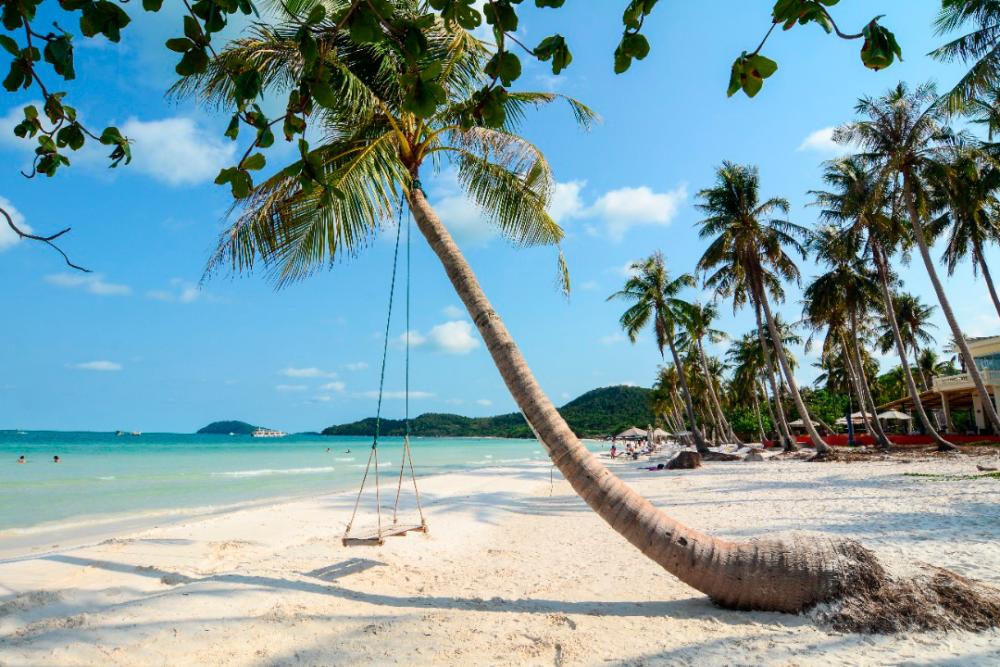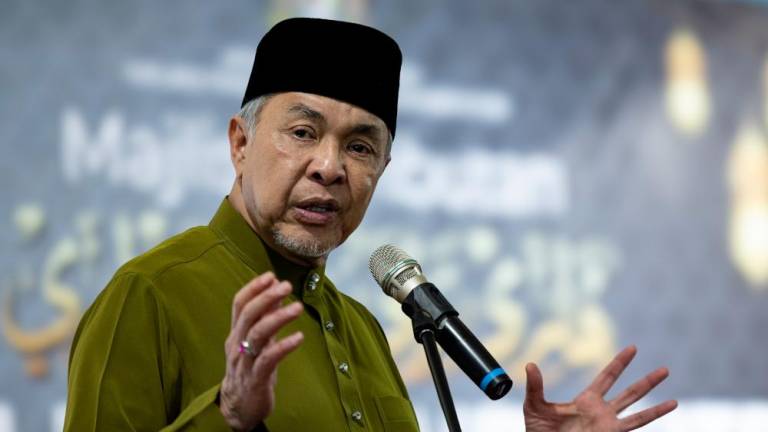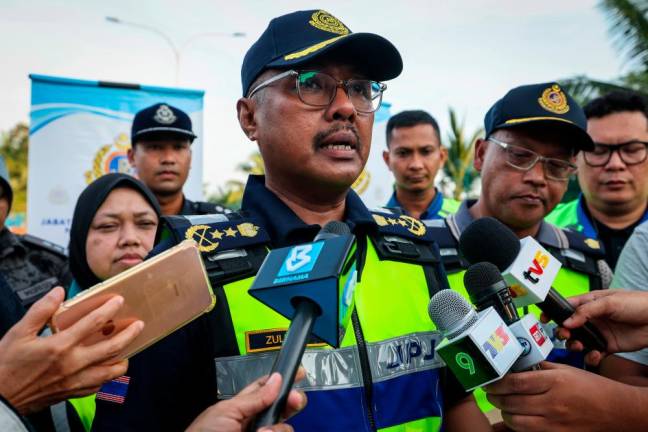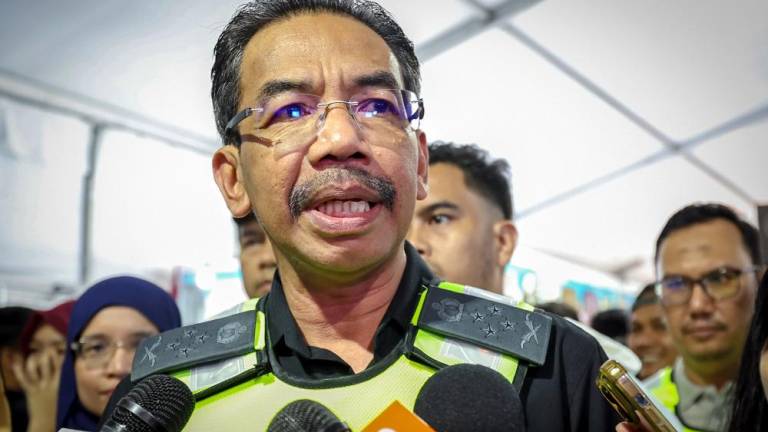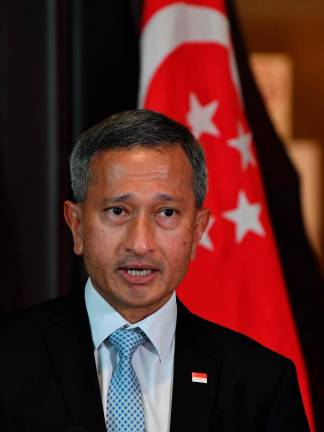PETALING JAYA: Previously little known local attractions are now drawing visitors by the hordes. For instance, campsites are fully booked on weekends and even on weekdays. Remote places, such as Lenggong, a small town located in Hulu Perak, have been drawing the crowds.
Travel industry players said the surge in interest in local places of attraction can be attributed to the pent-up desire to travel, long contained by the restrictions on movement to curb the spread of Covid-19.
Most states are still under conditional movement control order (CMCO) or recovery movement control order (RMCO), so interstate travel is still restricted.
However, travel between states under RMCO is now allowed, giving locals more places to visit.
Malaysia Inbound Tourism Association president Uzaidi Udanis said camping out has become one of the most popular activities for Malaysians.
“With the lifting of the second movement control order (MCO 2.0), camping sites near waterfalls have become especially popular,” he told theSun.
“This is certainly a blessing in disguise for these places that otherwise would not have attracted much interest,” he added.
He said the Rainbow Waterfall in Pahang has become a popular spot for visitors. It is so named for the appearance of a rainbow on the wall of water every morning.
New discoveries have also been made, according to Uzaidi.
“We have discovered that the biggest Rafflesia flower is actually not in Sabah. It’s in Kelantan.”
In Perlis, an old wooden platform in Wang Kelian, from which visitors can get a spectacular view of the surroundings, has also been drawing visitors.
“It’s like what you will see in Jeju Island in South Korea,” Uzaidi said.
In Lenggong, the local version of the caviar has been tickling the taste buds of an increasing number of visitors. The archaeological site in the area has also attracted many history enthusiasts.
Kedah Mentri Besar Muhammad Sanusi recently said that tourist arrivals to Langkawi has also been on the uptrend lately.
“This is a huge relief for the people of Langkawi, especially those in the tourism industry who rely heavily on tourist spending.
“The going has been tough but domestic tourism is slowly picking up. We are now getting ready to receive international tourists, whom we expect will come as soon as international borders are reopened,” he added.
Uzaidi said despite the challenges of Covid-19, some tourism industry players have adopted new business models to remain sustainable and continue making profits.
“For instance, tour bus drivers have remodelled their buses into recreational vehicles (RVs), complete with sofas and a small pantry for the comfort of their pasengers.
He also urged the government to consider giving tourism marketeers priority in the vaccination drive to enable them to travel overseas to promote Malaysia as a tourist destination in anticipation of an easing of international travel restrictions.
“Otherwise, it will be too late. Singapore is already in talks with Australia to have a travel bubble. So are Thailand, Vietnam and other countries. They have been very aggressive in trying to get tourists back in their respective countries,” Uzaidi added.
However, not everyone is benefiting from the new surge in local tourism. Hotel rooms remain vacant, according to Malaysian Association of Hotels chief executive officer Yap Lip Seng.
“We don’t actually see many people travelling for leisure, given the restrictions on travel,” he said.
Yap had previously told a local business weekly that the industry lost about RM300 million every two weeks while the country was under the MCO.
As of Jan 13, when the MCO 2.0 was imposed, the industry had already lost RM1.6 billion. The total losses in 2020 is estimated at RM6.53 billion.




